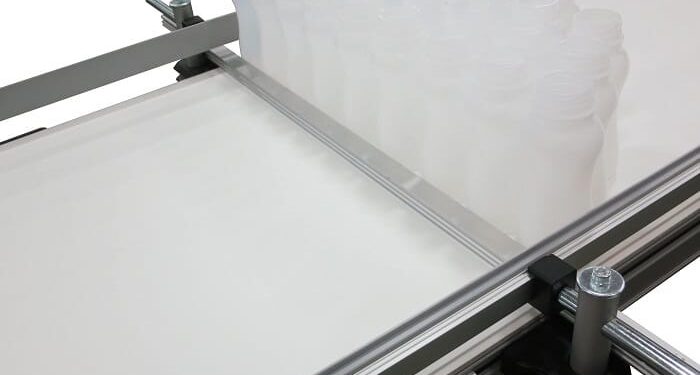Healthcare providers are increasingly focused on patient safety and efficiency in pharmacy operations, making it crucial to understand the safeguards built into prescription accumulation systems. What safety features are included in RX accumulation systems?
Modern RX accumulation systems typically include barcode scanning verification, real-time inventory tracking, automated dispensing controls, and multi-level user authentication to prevent medication errors and ensure secure handling of pharmaceuticals.
While these basic safety features are standard, there’s much more to understand about how these systems protect both patients and healthcare providers. Different facilities may require additional safety measures based on their specific needs and regulatory requirements, making it worthwhile to explore the full range of available safety features and their applications.
How Do Different Healthcare Facilities Customize Their RX Accumulation Safety Features?
Healthcare facilities vary significantly in their medication management needs. Small clinics might focus on basic verification features like barcode scanning and user authentication, while large hospitals often implement more complex safety measures. These can include biometric access controls, temperature monitoring for sensitive medications, and integration with electronic health records (EHR) systems.
Some facilities also add specialized safety features based on their patient population. For example, pediatric hospitals might incorporate additional weight-based dosing checks, while psychiatric facilities might emphasize controlled substance tracking and multiple-user verification protocols.
What Role Does Artificial Intelligence Play In Modern RX Accumulation Safety?
AI-powered safety features are becoming increasingly common in prescription accumulation systems. These intelligent systems can detect potential drug interactions, flag unusual prescription patterns, and identify possible medication errors before they occur. Machine learning algorithms continuously improve their accuracy by analyzing historical data and patterns.
The AI components can also predict medication demand, helping to prevent stockouts while maintaining optimal inventory levels. This predictive capability adds another layer of safety by ensuring critical medications are always available when needed.
How Do Emergency Backup Systems Protect Against Technical Failures?
Redundancy is a critical safety feature in RX accumulation systems. Most modern systems include backup power supplies, duplicate servers, and offline operation capabilities to ensure continuous access to medication records and safety features, even during technical difficulties.
These backup systems typically maintain local copies of critical patient data and recent transaction history. They also include manual override procedures that require multiple authorizations, ensuring that emergency access doesn’t compromise security. Regular testing of these backup systems is essential to maintain their reliability and effectiveness.
What Training Requirements Ensure Safe Operation Of RX Accumulation Systems?
Proper training is a crucial safety component that goes beyond the technical features of the system. Healthcare facilities typically require comprehensive initial training for all users, followed by regular refresher courses and competency assessments. This ongoing education ensures that staff members remain current with system updates and safety protocols.
Training programs usually include modules on emergency procedures, common error prevention, and proper documentation practices. Many facilities also implement a tiered access system, where users receive training specific to their role and responsibility level within the medication management process.
How Are Security Audits And Compliance Monitoring Integrated Into These Systems?
Modern RX accumulation systems include robust audit trails that track every interaction with the system, from medication dispensing to inventory adjustments. These detailed logs help facilities maintain compliance with regulatory requirements and provide valuable data for security investigations when needed.
Regular security audits are typically automated, with the system generating reports on unusual patterns or potential violations. Many systems also include real-time monitoring features that alert supervisors to specific events, such as multiple failed login attempts or after-hours access attempts.
The compliance monitoring features often extend to automated reporting for regulatory bodies, helping facilities maintain their accreditation and licensing requirements. This automation reduces the risk of human error in compliance reporting while ensuring consistent documentation of all medication-related activities.
Taking Action On RX Safety
Now that you understand the comprehensive safety features available in RX accumulation systems, schedule a meeting with your facility’s pharmacy technology team to review your current system’s safety configurations and identify any gaps in implementation. This review should focus particularly on comparing your existing safety features against the latest available options discussed in this article, ensuring you’re maximizing the protection available for both staff and patients.













